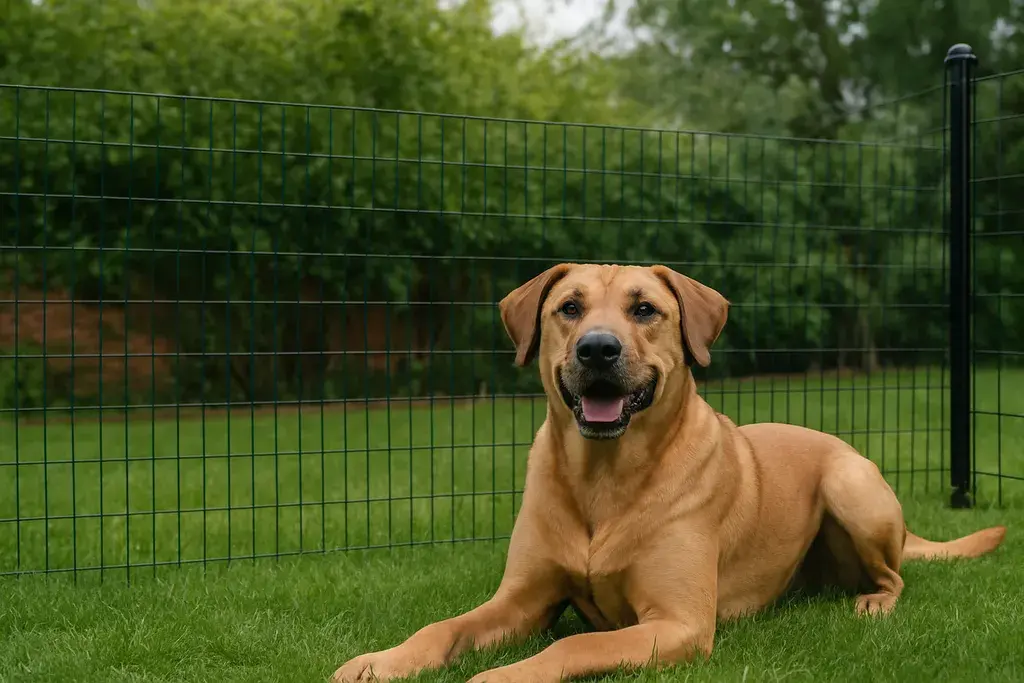
Keeping your dog safe and secure in your yard is a top priority for any pet owner. While a brand-new fence might seem like the ideal solution, it isn’t always practical or necessary. With a few smart adjustments and a bit of creativity, you can make your current fence escape-proof without the expense of replacing it. Whether your pup is a jumper, digger, or master of squeezing through gaps, here’s how to strengthen your setup and maintain peace of mind.
Identify Your Dog’s Escape Methods
Before you begin, take some time to observe your dog’s behaviour in the yard. Are they digging under the fence? Trying to climb or jump over it? Or perhaps slipping through small openings? Identifying how your dog is getting out will help you tailor the right solution. A strategic fix is far more effective than an all-out overhaul.
Reinforce Weak Spots and Gaps
Over time, fences can shift or wear down, leaving tempting escape routes. Inspect the base for loose panels, holes, or gaps. For timber fences, replace any damaged boards or reinforce them with additional planks. Chain-link fences can be secured with zip ties or metal clips to close off weak areas. A simple fix here can often prevent a major problem later.
Stop the Digging Habit
Dogs that love to dig can quickly tunnel under even the sturdiest fences. To stop this behaviour, consider installing a buried barrier — such as chicken wire, garden edging, or concrete pavers — along the base of the fence. The idea is to make digging both difficult and unrewarding. For an extra layer of protection, some pet owners choose to complement physical barriers with a wireless fence for dogs, which gently reinforces boundaries through training.
Block Visual Triggers
Some dogs escape simply because they can see what’s on the other side. If your dog is reactive to passers-by, other animals, or moving cars, adding visual barriers can make a big difference. Attach bamboo screens, privacy panels, or shade cloth to block views and reduce external stimulation.
Add Height or Inward Angles
For dogs that jump or climb, a bit of extra height goes a long way. You can attach lattice panels, trellis extensions, or angled toppers to the existing fence. Installing an inward-facing section at the top makes it harder for dogs to scale the fence without making it look like a fortress.
Maintain the Fence and Yard Regularly
Even the best fence modifications won’t last forever. Regularly inspect your yard for new escape routes — especially after storms, high winds, or digging activity. Trim any trees or shrubs near the fence that could give your dog a “launch pad” to jump over.
Combine Training with Boundaries
Physical barriers work best when combined with consistent training. Teach your dog to respect fence lines using positive reinforcement techniques. Reward them for staying within the yard, and supervise playtime until they understand the boundaries.
Keeping Your Dog Safe and Secure
Dog-proofing your fence doesn’t have to mean starting from scratch. With the right combination of maintenance, reinforcement, and clever deterrents, your existing fence can keep your furry friend safely contained. Remember, every dog is different — so tailor your approach to their personality and habits. A secure yard means more freedom and fun for both you and your pet.
In Case You Missed It!











